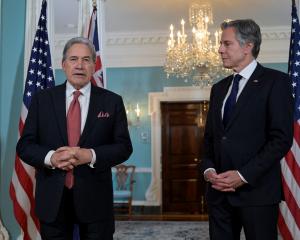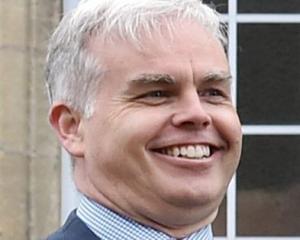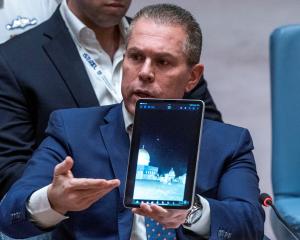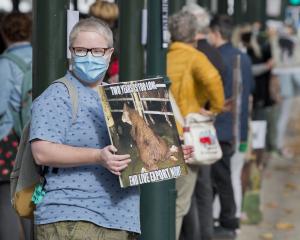It's easy to define the American strategy in Syria, although it is more of a wish list than an actual strategy.
It is ''containment'' of the nightmarish Islamic State (IS) that now controls eastern Syria and western Iraq, together with the overthrow of the brutal regime of Bashar al-Assad and its replacement by ''moderate'' rebel forces.
But what is the Russian strategy?
It is now a month since Russian planes began bombing both Islamic State forces and the ''moderate'' rebels.
For every Russian bomb that has fallen on IS troops 10 have fallen on the ''moderates'', because those are the forces that have been gaining ground against the Assad regime since last spring.
The regime's troops have now taken some territory back, but they lack the strength to reconquer all of Syria.
So what next?
Russia never fights without a strategy, but in this case it was made up in a hurry.
Moscow was not planning a military intervention in Syria until last July, when the officer in charge of Iran's military aid to Mr Assad, General Qassem Soleimani, flew to Moscow to warn President Vladimir Putin that the Syrian army was on the brink of collapse.
Gen Soleimani knew this because he was hearing it directly from the Iranian military advisers who are serving with Syrian army units.
After four years of war the Syrian army was down to half its prewar strength, desertions and draft dodging were going up, and morale was sinking fast.
Neither Iran nor Russia wanted to see extremist jihadi forces take over all of Syria, and that's what would have happened: the so-called ''moderate'' rebels barely exist.
The dominant group in the ''Army of Conquest'' that has taken over northwestern Syria is the Nusra Front, a clone of Islamic State that broke away from it in 2013.
The Nusra Front is not ''moderate''; it is the Syrian franchise of al Qaeda.
If Mr Assad's regime were to collapse, Islamic State and the Nusra Front would end up ruling all of Syria, so something had to be done fast.
That something was Russian air support for the Syrian army. But air strikes are not a strategy, just a stopgap measure.
Russian air power has stopped the rebel advance for now, but the Russian strategy cannot be aimed at reunifying Syria under Mr Assad's regime; they know that his army is too weak and fragile for that.
So it has to be some kind of diplomatic deal, and the signs are emerging of what Russia has in mind.
Mr Putin insists that he will not accept the partition of Syria between the Assad regime (which still controls most of so-called ''useful Syria''), Islamic State in the northeast and another Islamist mini-state run by the Nusra Front in the northwest.
But that partition has already happened on the ground, and a ceasefire would freeze it without anybody having to admit that it is permanent.
The United States cannot take the lead in brokering a ceasefire because it is still formally committed to the overthrow of the Assad regime.
(That is why it goes on pushing the fiction that there is a meaningful ''moderate'' opposition among the Syrian rebels.)
The US is further constrained by the fact that its main Muslim allies in the region, Turkey and Saudi Arabia, are determined to see Mr Assad fall, come what may.
Now that the Russians have stopped the rebel advance, a ceasefire becomes theoretically possible.
That's why US Secretary of State John Kerry agreed to meet Sergei Lavrov, Russia's foreign minister, in Vienna last Friday.
Even Turkey and Saudi Arabia showed up at the meeting before it ended, and a new session is planned for today where even more countries may show up.
It is possible a ceasefire may eventually emerge from this process, and Mr Lavrov claims that he can deliver Mr Assad's agreement to it.
So let's leap ahead and consider what Syria would look like in this best possible scenario.
It still wouldn't be very pretty.
Mr Assad would keep control of all Syria's big cities except Aleppo (which is in ruins), and would rule almost two-thirds of the population.
Islamic State would go on controlling eastern Syria (and western Iraq), and would continue cutting heads off and crucifying people in the usual way.
The Nusra Front would rule over the northwest with its allies, and impose a somewhat less extreme form of Islamist rule there.
If there is no ceasefire deal, the Russians will go on supporting Mr Assad for a while, but they have no intention of taking large casualties themselves.
No other outside player - the US, Turkey, Saudi Arabia, you name it - is willing to commit ground troops to the battle against Islamic State, either.
So in the end, the jihadis may conquer Syria anyway.
• Gwynne Dyer is an independent London journalist.













